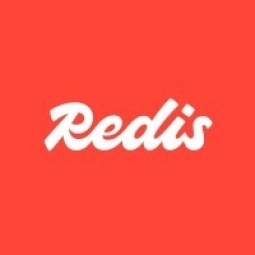Technology Category
- Application Infrastructure & Middleware - Event-Driven Application
- Functional Applications - Enterprise Resource Planning Systems (ERP)
Applicable Industries
- Telecommunications
Applicable Functions
- Product Research & Development
Use Cases
- Real-Time Location System (RTLS)
- Time Sensitive Networking
Services
- System Integration
About The Customer
TELUS is a leading telecommunications company in Canada, offering a range of products and services including internet, voice, entertainment, and video. One of their key products is Optik TV, an Internet Protocol television (IPTV) service that serves over 1.5 million customers across Western Canada and Quebec. Optik TV offers streaming TV and integrates with third-party services like Amazon Prime and Netflix. One of its applications, Showcase, provides customers with seamless access to all of their local and streaming content, allowing them to discover new Video On Demand content, watch recordings and new episodes, follow their favorite TV shows, or even jump back into watching incomplete episodes with ease.
The Challenge
TELUS, one of Canada’s leading telecommunications companies, faced significant challenges with their Optik TV service, specifically with their customer-facing application, Showcase. The application, which acts as a central hub of personalized content for Optik TV customers, was initially built on Redis open source. However, TELUS experienced an outage that negatively impacted the customer experience, leaving key menu options unavailable and requiring significant time to fully restore all services. The outage put the Showcase service on standby for a full day, resulting in a hampered user experience that lasted up to 24 hours. The incident raised concerns among the leadership about the reliability of the existing system and the need for a more robust solution.
The Solution
In response to the availability issues, TELUS migrated to Redis Enterprise to support the Showcase application. Redis Enterprise offered greater availability and failover support, which was crucial for the application's performance. The migration was timely, as the development team was focusing on streamlining development and operations. Redis Enterprise was capable of seamlessly processing a high volume of data in real-time with high availability for the hundreds of millions of transactions per month that Showcase generates. Furthermore, Redis Enterprise’s Active-Active geo-distribution enabled TELUS to navigate outages with zero downtime or impact on the application. Both the Edmonton and Calgary Redis Enterprise clusters function as primary deployments and operate with a single endpoint, with traffic automatically routed only to healthy clusters.
Operational Impact
Quantitative Benefit

Case Study missing?
Start adding your own!
Register with your work email and create a new case study profile for your business.
Related Case Studies.

Case Study
Vodafone Hosted On AWS
Vodafone found that traffic for the applications peak during the four-month period when the international cricket season is at its height in Australia. During the 2011/2012 cricket season, 700,000 consumers downloaded the Cricket Live Australia application. Vodafone needed to be able to meet customer demand, but didn’t want to invest in additional resources that would be underutilized during cricket’s off-season.

Case Study
SKT, Construction of Smart Office Environment
SK T-Tower is the headquarters of SK Telecom. Inside the building, different types of mobile devices, such as laptops, smartphones and tablets, are in use, and with the increase in WLAN traffic and the use of quality multimedia data, the volume of wireless data sees an explosive growth. Users want limitless Internet access in various places in addition to designated areas.







